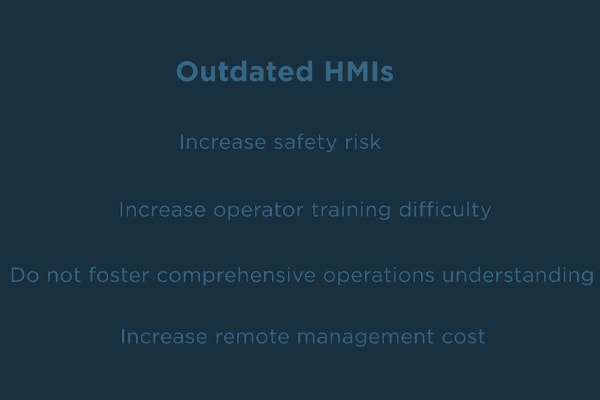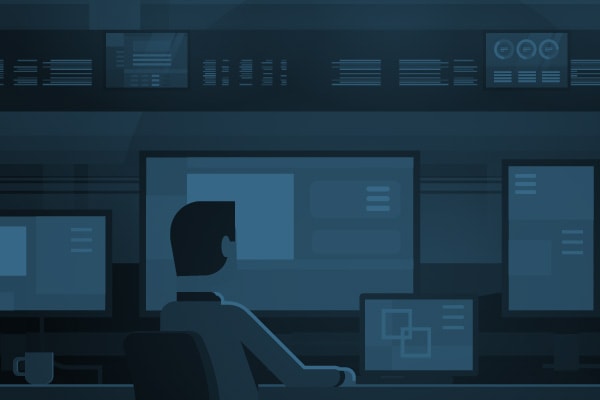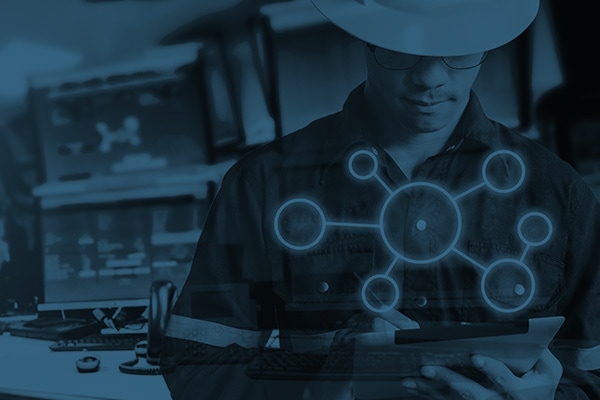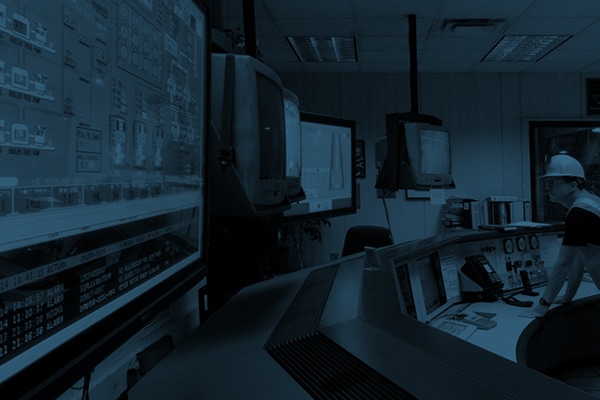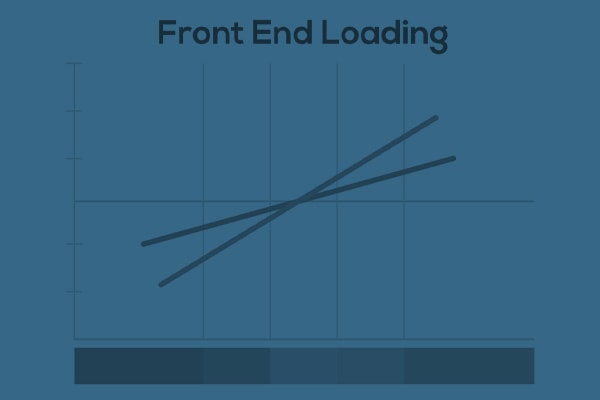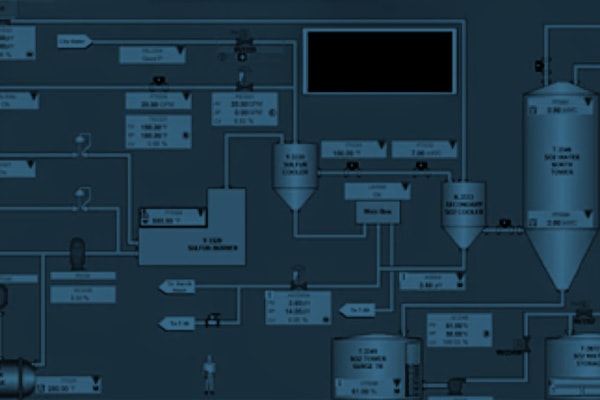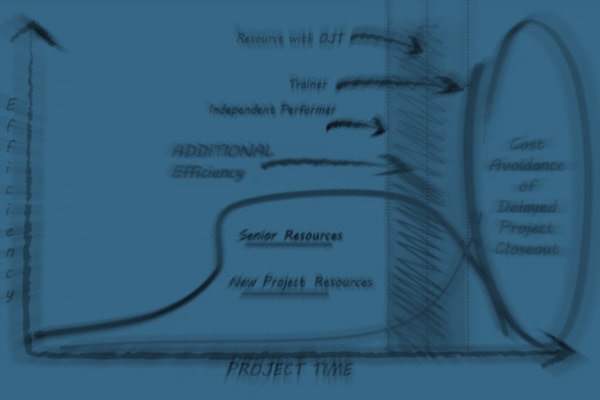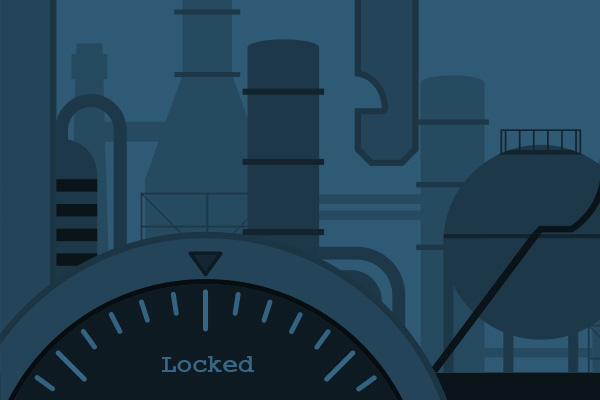Videos / Webinars
FEATURED VIDEO
Safety Mindset in a Safety Conscious Culture
Founder of MAVERICK Technologies, Paul Galeski, discusses the safety mindset in a safety conscious culture. He provides three basic tenets MAVERICK uses to keep safety as the number one priority.
Data Enablement Mini-Webinar
How to make manufacturing data more useful and more accessible. Enabling your manufacturing data is at the very root of staying competitive. Here are the five basic elements for data enablement: Collection, Structure, Contextualization, Analyze and Socialization.
Smart Manufacturing Mini-Webinar
John Clemons explains new smart manufacturing IT platforms, IIoT and cloud services' effect on the manufacturing industry.
ERP Integration Mini-Webinar
This mini-webinar covers the business value of integrating ERP with MES.
The Value of High Performance HMIs
Senior Engineer, Chris Gonzalez discusses the issues with outdated HMIs and the benefits of upgrading to high performance HMIs (HP HMIs).
State-Based Control Mini Webinar
State-Based Control Mini Webinar Topics Include:
- What is State-Based Control
- Benefits
- Work Process
- States and Transitions
- Value Criteria
- Keys to Success
See Webinar
Reduce Startup Risk
We discuss the most efficient and effective ways to reduce risks and complete your project on time and on budget.
- Safety and risk considerations.
- Common mistakes to avoid.
- Startup preparation and planning.
- Field device testing.
- State-of- the-art commissioning technology.
Essential Elements of a Successful DCS Migration
This webinar will help replace fear with facts as you consider an upgrade of your existing DCS, or a migration to a completely new platform.
Migration Best Practices for Chemical Producers
This webinar will dive into what drives chemical producers to modernize their automation systems, justifications for funding, and the necessary details in the scope development of a DCS migration project. Hosted by Brian Batts, Director, Consulting and Solutions at MAVERICK Technologies.
Alarm Management Bootcamp
Two of the industry's top alarm management experts came together to share their insight into: Approaches for new and existing alarm management systems, The seven steps to a highly effective alarm system, Alarm management justification, And an overview of ISA-18.2-the alarm management standard. Watch this webinar to learn how you can improve your alarm management, and as an added bonus, almost an hour of QA time is included so you can hear what challenges others are facing and learn how the experts address their problems.
Alarm Management Bootcamp: Practical Deployment
Practical deployment for alarm management with 3 Q&A sessions.
Front End Loading (FEL) for Control System Migration
Learn why front-end loading (FEL) is critical to migration success! In this webinar, three of the industry's top control systems experts will discuss migration challenges and how FEL can help streamline the process. The presentation also includes an extended question-and-answer session.
Closing the Skills Gap
If you’re like most manufacturers, your most knowledgeable people are also your most experienced. And that means they’re probably also the closest to retirement. Replacing them won’t be easy, but you don’t want to risk the cultural gaps and quality issues of offshoring. In this webinar, we’ll show you how to keep it all in-house. By hiring the right people and home-growing the knowledge you need, you can close your skills gap for good.
Closing the Skills Gap Part 2
In this webinar, learn how proper training can help you retain tribal knowledge. You can’t afford to let your most experienced people take their knowledge with them when they retire—you need to make sure they pass it on to the next generation. In the first part of our Closing the Skills Gap webinar series, we discussed the importance of getting the right people in place. Now, in Part 2, we examined the critical role that employee training plays in retaining tribal knowledge. Although proper training requires an upfront investment, this webinar shows why the payoff is well worth it.
DCSNext®
See how DCSNext can help you minimize downtime and increase profitability.
Pulp & Paper Webinar: Get an A with 3 Fs
In this webinar we will use the following three Fs to help answer common questions about capital funding, real-time process information and today’s latest technologies:
- Find and identify opportunities
- Fund improvements: develop ROI for capital funding
- Future proof your automation investments
Standards Based Design
Topics included in this webinar:
- Common obstacles to modernizing of operations
- Methods for achieving capable, agile and sustainable solutions
- Several common ISA standards and their uses
- And more…
Large Project Execution
Topics included in this webinar:
- Assessing the traditional approach to large project execution, what’s good, what’s not.
- Defining an alternate execution model and why it helps
- Review of a real-world case study using an alternate approach
- And more…
Predictive Maintenance
Webinar includes:
- AI made real
- Leveraging existing technology for a higher ROI
- Learning from downtime event history
- How to never be blindsided by breakdown again
- And more…
Optimizing Your Alarm Response
Alarms help preserve the integrity of your product and protect the safety of your personnel — but only if handled correctly. Watch this webinar where we’ll show you how to make sure every operator immediately knows what to do next in any alarm situation.
How to Identify and Overcome Cyber Security Challenges
Cyber security is a never-ending process — and no system will ever be 100% secure. That’s why your best defense against cyber threats is a cyber security program that’s flexible and well-tailored to your organization. In this webinar, we’ll show you how to evaluate your current program and identify steps you can take now to improve it.
High Performance - HMI Done Right
Topics include:
- Establishing an effective process for HP-HMI development
- Getting operations buy-in for HP-HMI
- Optimizing the layout to reduce the number of graphics needed
- Determining the proper skills needed to perform the work
- Identifying whether to use standard libraries or custom libraries




